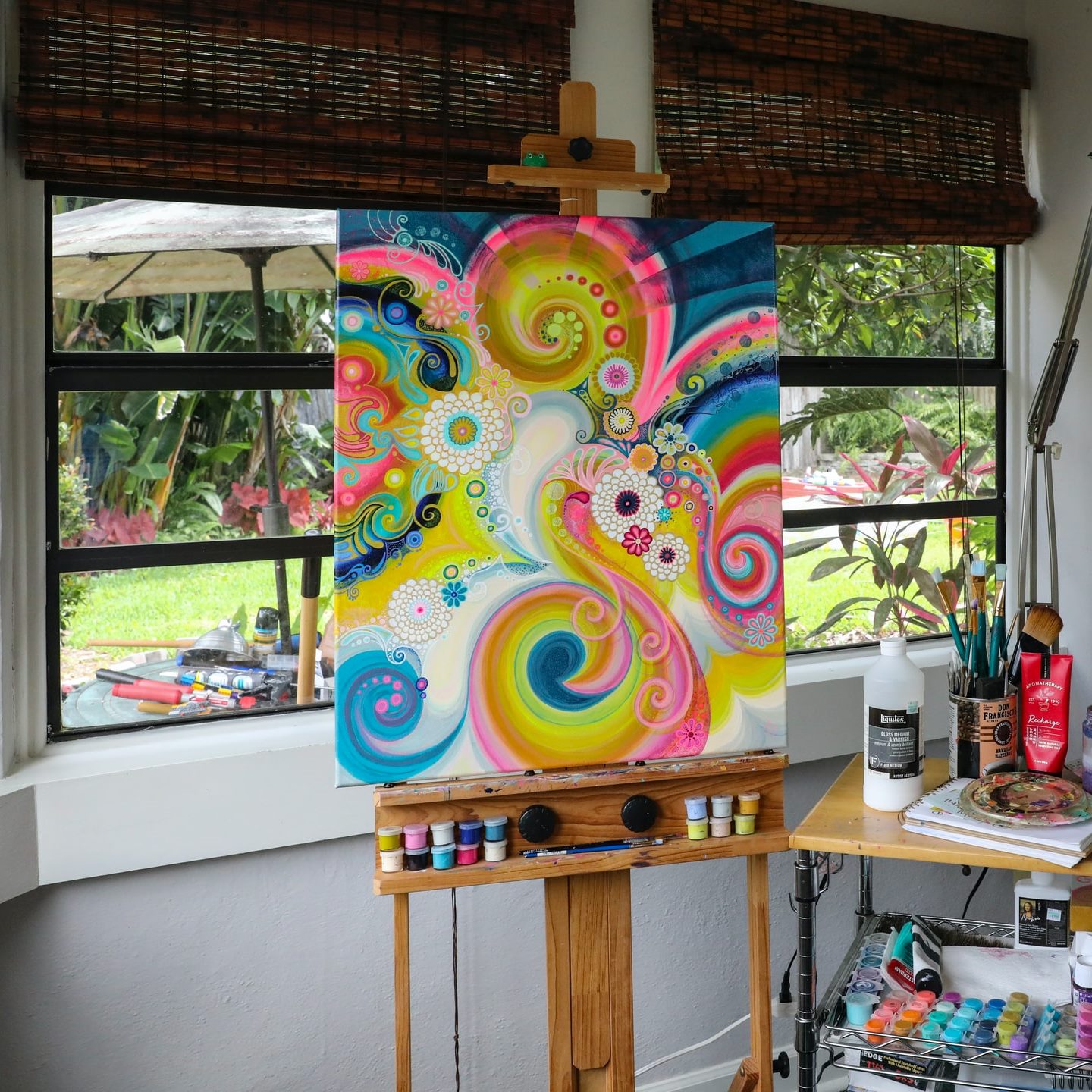Packaging is an integral process in your preparation for artwork shipping. However, it is necessary to pay attention to some things when packaging your art pieces irrespective of whether you are a professional artist or a layman packing their artworks for shipping. In the remaining sections of this post, we share a look at the three things you need to remove from your packaging equation to allow you ship your articles safely.
Reuse Ugly Boxes
Even though we all have a responsibility to maintain a clean environment through recycling, it is also necessary to know that all handling and packaging boxes have a limited lifespan. To achieve the best results, know when to discard packaging materials especially when you are engaging in artwork shipping to customers. If you send your artwork to your clients in recycled boxes, you will be telling them that the art you are sending them does not deserve a new packaging perhaps because it is low quality.
Allowing Bubble Wrap to Touch Your Artwork
When shipping artwork to your clients, keep off the temptation of using bubble wrap as your only or primary packaging material. The reason is that if you do wrap your artwork, and especially painting, you will expose it to the empty bubbles. The problem comes in when the two make contact since bubbles will leave some unsightly imprints on the artwork, and hence, reducing its esthetic value and integrity. If your artwork shipping affects a reseller, would put them in a loss situation since they would need to refurnish the artwork before selling it to their clients.
Using Styrofoam Peanuts When Shipping Paintings
When you want to fill voids in your boxes, you should avoid Styrofoam peanuts. The reason for avoiding them is that they are messy and difficult to clean up. The second reason you have to avoid them especially when shipping painting artworks is that they can damage the art piece. Third, when the artwork is in transit, they keep on jostling and settling at the bottom of the artwork, thus defeating the very purpose of using them to protect the artwork in the first place.
When packaging your artwork for transporting, you should pay attention to things you need to avoid for your shipment to arrive safely. We hope the ones we have shared in this post will help you improve your packaging.
